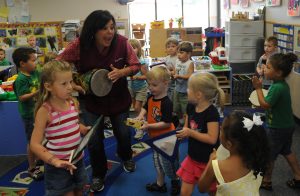
The classic children’s rhyme of Peter Piper has many benefits. It is one of the most popular tongue twister nursery rhymes that was innovative to England. This rhyme was written in London in the year 1813. The original published version of this classic tongue twister was produced by John Harris in the eighteenth century called “Peter Piper’s Practical Principles of Plain and Perfect Pronunciation”. Mr. Harris made this rhyme which includes a one name tongue-twister for each letter of the alphabet in the same design that soon became a popular phrase. This children’s rhyme is still one of the most popular and unique tongue twister nursery rhymes original to England.
Description of What Kind of Peppers Peter Was Picking
Over the years, no one really knows what description of what kind of peppers Peter was picking. Most people believe that he was picking bell peppers. Since bell peppers began in England around the early 1800s. they were grown there around that time, which makes them a likely contender for the peppers being referred to in the rhyme.
Tongue Twisters for Speech Assistance
Many young children with speech difficulties can use tongue twisters to help in therapy. Tongue twisters also assist older children who need additional help with speech therapy as well which can ease their fluency with practice. Tongue twisters are expressions or sentences which are hard to speak rapidly, usually because of sound pattern or a sequence of words with very similar sounds.
Nursery Rhyme/Tongue Twister for Education
As most tongue twisters, Peter’s lyrics make it hard for anybody to quickly pronounce the rhyme. Today, this famous rhyme as a tongue twister is a fun way for kids to play games, draw crafts, and to challenge each other who can win first when saying its rhyme correctly. This rhyme has turned into a Mother Goose Nursery Rhyme/Tongue Twister that appeared in Let’s Help Mother Goose children’s show; Barney & Friends Season 1 in the year 1992. To show people how the rhymes popularity is, during that episode, a bookworm has eaten the pages from her book of nursery rhymes. One of them being Peter, the kids and Barney need to assist her, so she will remember some missing nursery rhymes.
The Skills Children Ages Five and Under Can Develop When Interacting with This Rhyme
The kind of skills that children ages five and under can develop when interacting with this rhyme are language learning skills. Nursery rhymes assist them by figuring out the syllable structure. Rhythm and melody helps the child learn how singing of sentences carries emotion in language and the pattern. It helps a child develop awareness and knowledge of how words are made up of sounds, grammar, and sound patterns.
The Skills Parents and Teachers Use This Rhyme to Substitute Educational Experiences
Parents and teachers use this rhyme to substitute educational experiences with children ages five and under for the use in proper sentence and word rebuilding activities.